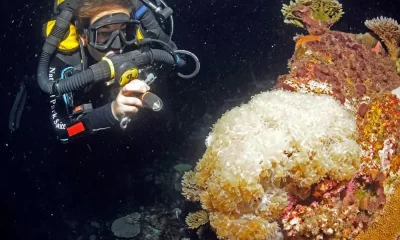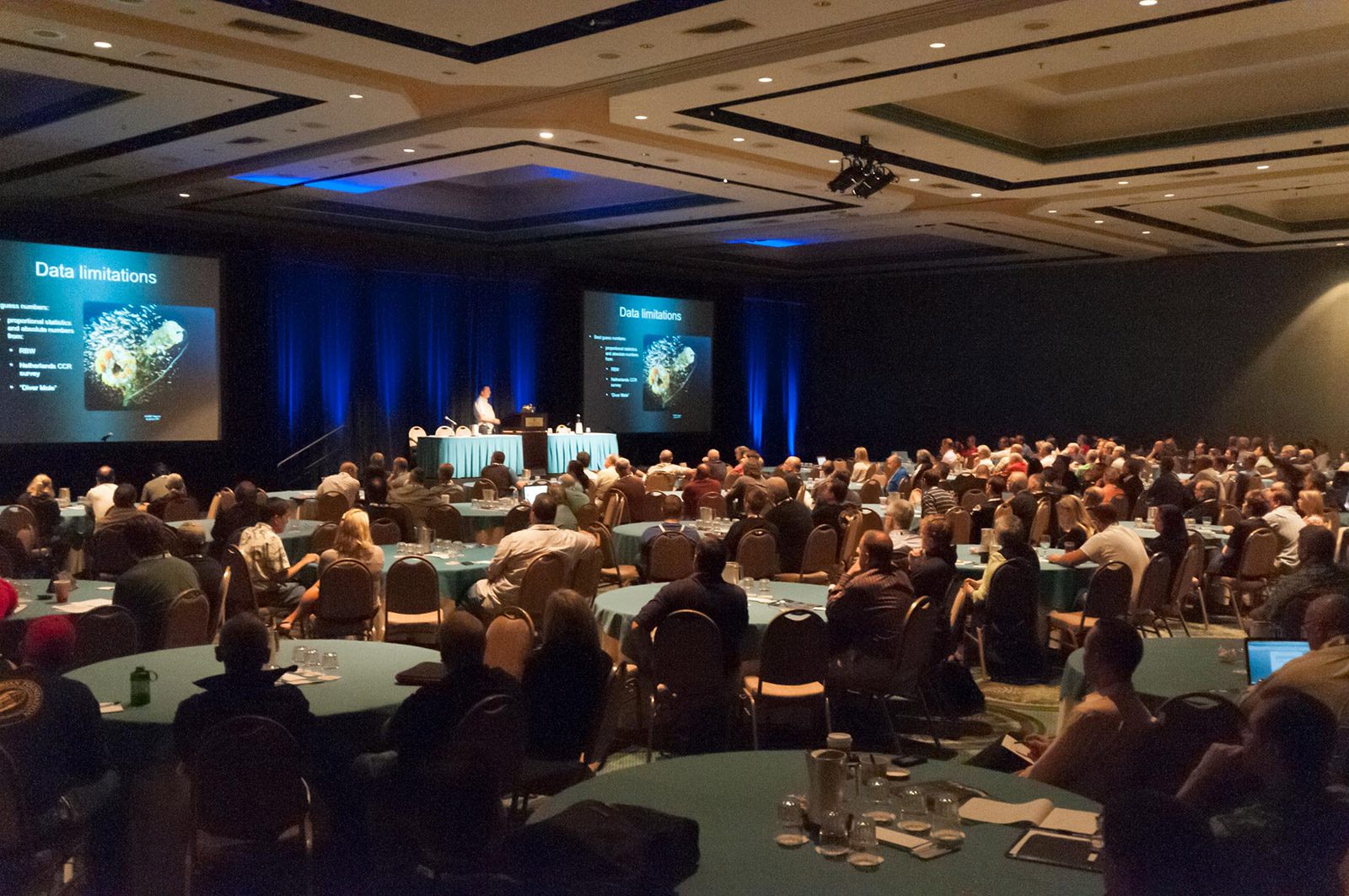
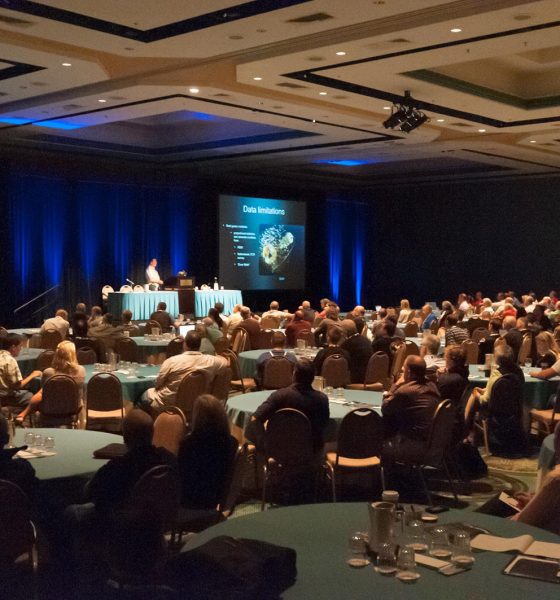
Community
Assessing the State of Our Rebreather Nation
In two weeks time, many of the leaders of the global civilian and military rebreather diving communities will gather to assess the state of our rebreather nation. To prepare the groundwork, we thought it would be useful to revisit the results of the last Rebreather Forum (RF3), which was held in 2012, as a benchmark to help us assess where we are today and what still needs to be addressed. Here is InDEPTH’s chief Michael Menduno’s report on RF3, the conference Consensus Statements, and some additional resources to keep you in the loop.
By Michael Menduno
In a little more than two weeks, several hundred rebreather diving professionals representing the rebreather nation—read tekkies, scientists, hyperbaric docs and military and governmental rebreather divers—will converge on the island of Malta for the Rebreather Forum 4 (RF4) symposium to share and discuss the latest science and thinking about rebreather diving safety and performance.

The resulting three days of presentations and deliberations will be transcribed and edited into a scientific proceedings that will be published later in the year, along with the release of broadcast quality videos of the RF4 presentations.
Accordingly, we thought it would be useful to revisit the results of the last symposium, Rebreather Forum 3.0 held in May 2012 in Orlando, Florida, to better understand where we were 10 years ago, what the key issues were then, and exactly how far we have come—or not come—on particular issues at hand.
First, we are republishing my report from RF3, which provides a detailed overview of the critical rebreather issues and discussions of the time. Rebreather safety, checklists, minimum training standards, recreational rebreathers, anyone, and what about oxygen and carbon dioxide measurement?
Second, we are reposting a seminal paper by ex-British Special Forces instructor turned tech shipwreck explorer Paul Haynes. The paper, which was originally published in the Diving Hyperbaric Medicine (DHM) V46 No.4, DEC 2016 addresses diver airway protection focusing on mouthpiece retaining straps (MRS).
Haynes led the discussions on airway protection and the use of MRS, at RF3. However, there was not a consensus on the effectiveness of MRS to prevent drowning. Accordingly, the Forum identified as research questions whether an MRS would provide protection of the airways of an unconscious diver, and the efficacy of full face masks for tech divers. These were adopted in the Forum Consensus Statements (see below). Since that time, two papers have been published; one a study of French Military divers, the other about the Thai kids cave rescue, which demonstrated the efficacy of MRS and FFM in preventing drowning.
Haynes was also one of the movers behind the Rebreather Training Council’s (RTC)’s MRS safety initiative which was launched in 2021. However, it is fair to say that MRS has not yet been widely adopted by the tech community. As one CCR instructor trainer explained to me, “Why do you need one if you properly analyze and monitor your breathing gas” Why indeed? I decided to highlight the story this month, as MRS will likely be an important discussion item at RF4.

Finally, we are posting the complete RF3 Consensus Statements with discussion, which were compiled during the final sessions of the Forum that was led by Dr. Simon Mitchell. Note that these represent the conclusions and consensus points arrived at by the assembled RF3 delegates with respect to various topics. It should be noted that progress has been made on numerous consensus point items.
Not surprising, as you read through the RF3 conference report and group discussion, you will notice that many of the individuals who were primary contributors at RF3 are still in the game and will be presenting at RF4. Unfortunately, Bill Stone, who could arguably be called the Godfather of Tech Rebreathers, plans to be underground at Sistema Chéve in Mexico during most of the month of April as part of his annual trek to the underworld— a pilgrimage he has been making for more than three decades. He will be missed!
Note, we have also included a link to Rebreather Forum 2 (RF2) Findings & Recommendations (1996). At the time, Drager had released its Atlantis semi-closed nitrox rebreather a year earlier, and the AP Diving’s Buddy Inspiration was still a year away. Many of the conclusions are still relevant today. There were no proceedings from the original Rebreather Forum, only a report. Taken together they document the development of rebreather diving in the sports diving community.
We will be publishing a preliminary report on RF4 in the May issue of InDEPTH. In the meantime, I look forward to seeing some of you in Malta in a few weeks. For the rest, if you suddenly feel that urge that you can’t afford to miss it, I hope that you will come on down.—M2

Improving Rebreather Safety: The View from Rebreather Forum 3 (2012)
Improving rebreather diver safety was the primary focus of RF3, in response to the fact that, as of 2005, an average of about 20 rebreather divers were dying globally each year. These numbers compared to about 120-140 annual fatalities of open circuit divers in Australia, Europe and the US, which represented the bulk of the sports market. This led anesthesiologist and rebreather diver Andrew Fock to estimate that the risk of dying on a rebreather was 5-10x that of open circuit scuba. The report, prepared by InDEPTH chief Michael Menduno goes on to discuss the key equipment, training, and human factors issues of the day, circa 2012. Retro-Thursday people?
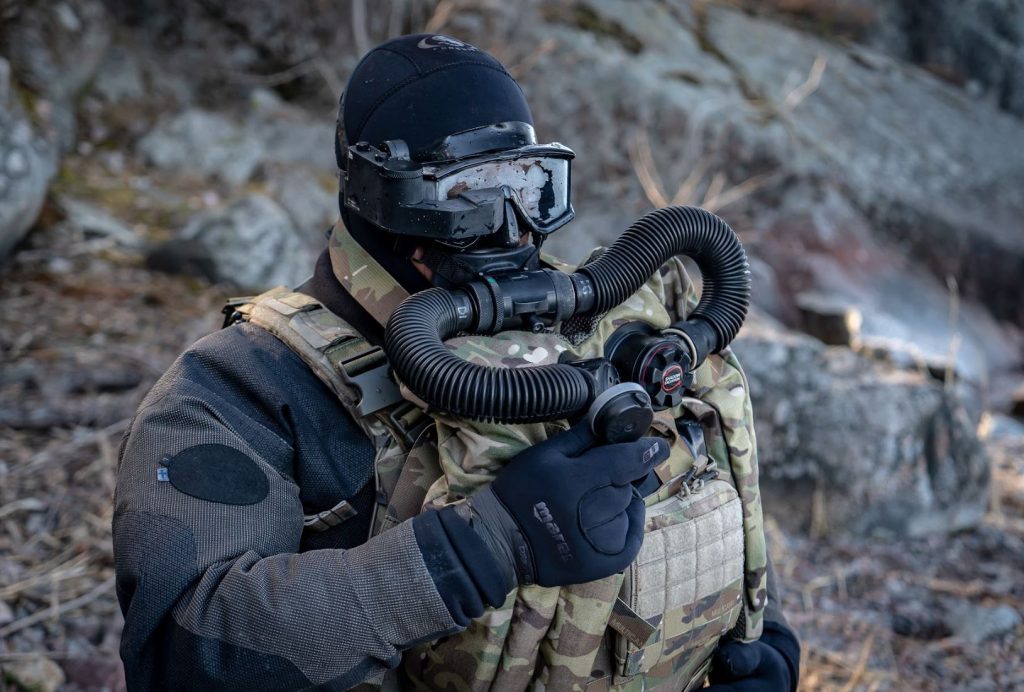
Increasing The Probability Of Surviving Loss Of Consciousness Underwater When Using A Rebreather
With divers soon returning to the loop, the Rebreather Training Council (RTC) is currently considering a number of initiatives to improve rebreather diving safety. One of those is to recommend the use of mouthpiece retaining straps to prevent drowning in the event of loss of consciousness (LoC). Accordingly, we offer this seminal paper by ex-British Special Forces dive instructor turned tech instructor trainer Paul Haynes on their efficacy and use. Can you or your mates survive a LoC underwater?

Rebreather Forum 3.0 Consensus Statements (2012)
The RF3 Consensus Statements represent the findings of the Forum, and were arrived at through interactive session(s) moderated by Dr. Simon Mitchell, who prepared the statements. Questions and answers, and the discussion are included after each consensus statement.
Rebreather Forum 2.0 Findings & Recommendations (1996)
Note that these findings & recommendations were developed just prior to mixed gas closed circuit rebreathers being introduced to the sport diving market.
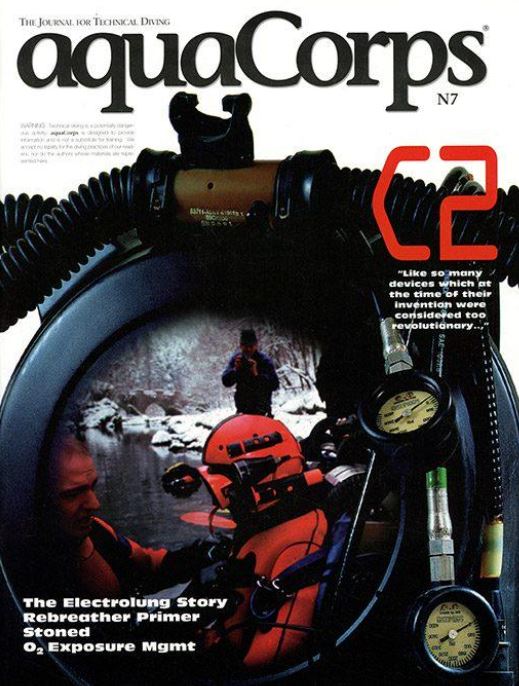
aquaCORPS #7 C2 (Closed Circuit) was published in January 1994 just prior to the 1994 tek.Conference and DEMA show held in New Orleans, LA. The issue focused on rebreather technology, and we planned it as a primer in anticipation of aquaCORPS Rebreather Forum, scheduled to be held in Key West, FL, May 1994. At the time, there were only a few dozen rebreathers in the hands of sport divers.
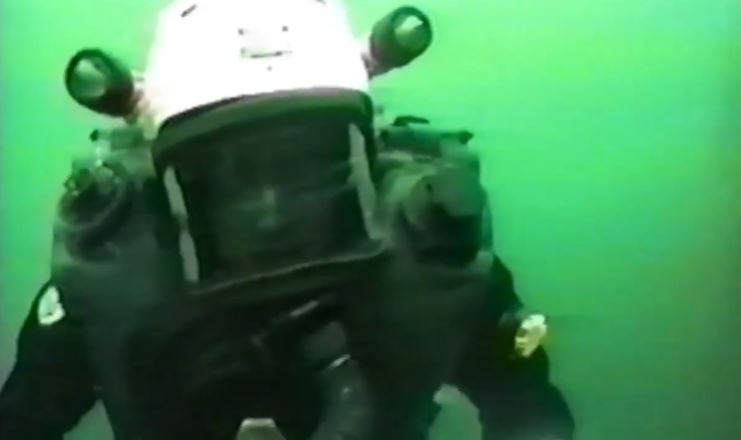
Behind Closed Circuits: A Documentary by aquaCORPS and Docent Films (1993)
A spirited historical teaser highlighting the state of the Rebreather Nation in 1993!
DIVE DEEPER
Diving & Hyperbaric Medicine: Analysis of recreational closed-circuit rebreather deaths 1998-2010 by Andrew Fock. 2013, Diving and Hyperbaric Medicine
Rebreathers & Scientific Diving, Catalina Is., CA February 2015:
Rebreathers & Scientific Diving Workshop Proceedings
Rebreather Forum 3.0, Orlando, FL May 2012:
Rebreather Forum 3 Proceedings
Rebreather Forum 2.0, Redondo Beach, CA September 1996:
Proceedings of Rebreather Forum 2.0
Rebreather Forum 1.0, Key West, FL May 1994:
In The Loop: A Report on aquaCORPS Rebreather Forum

Michael Menduno/M2 is InDepth’s editor-in-chief and an award-winning journalist and technologist who has written about diving and diving technology for more than 30 years. He coined the term “technical diving.” His magazine “aquaCORPS: The Journal for Technical Diving” (1990-1996) helped usher tech diving into mainstream sports diving, and he produced the first tek.Conferences and Rebreather Forums 1.0 & 2.0. In addition to InDepth, Menduno serves as an editor/reporter for DAN Europe’s Alert Diver magazine, a contributing editor for X-Ray mag, and writes for DeeperBlue.com. He is on the board of the Historical Diving Society (USA), and a member of the Rebreather Training Council. Menduno is the organizer of Rebreather Forum 4.

























